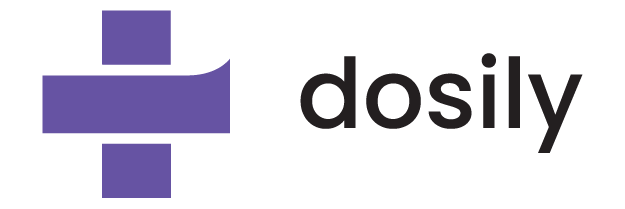5 Ways in Which Technology is Impacting Healthcare
Across the globe, we are seeing trends of otherwise tech resistant industries embracing technology and digitalisation. If there’s one positive outcome of this year in lockdown because of the pandemic, it’s the penetration of the internet and technology into industries like medicine and healthcare.
While the frontline workers are doing their bit to limit the spread of the virus, many nations are using this crisis-induced impetus as the time to strengthen healthcare delivery, with technology enabling enhanced agility, affordability, and accessibility.
Listed below are 5 ways in which medical technology is reshaping healthcare.
1.Artificial Intelligence
Artificial Intelligence is at the forefront of almost every major industry today. AI algorithms are able to mine huge amounts of data and generate actionable intelligence such as treatment plans and drug restructuring trends that would be otherwise missed.
Google’s DeepMind created an AI to analyse breast cancer that outperformed human radiologists by an average of nearly 11%.
2.Virtual Reality
VR is being extensively implemented for training doctors, specifically surgeons. Recently, a Harvard Business Review article showed that surgeons who trained with VR have a 200%+ boost in overall performance compared to surgeons who are traditionally-trainer. Interestingly, VR tech is also being used as a pain-soothing distraction for patients in post-surgery pain or even women in labour pain.

3.Augmented reality
Similar to VR, augmented reality is making headway in medical training.
At Case Western Reserve University, Ohio, students use Microsoft HoloLens to study anatomy via the HoloAnatomy app. This gives them access to detailed and accurate depictions of the human anatomy, without the need for cadavers.
4.3D Printing
With 3D printing, we can now create bio-tissue, artificial limbs, blood vessels, implants, basically anything that can be substituted! So far as printing living skin with blood vessels as done by Rensselaer Polytechnic Institute, New York, which is crucial for skin grafts for burn victims. The possibilities are boundless.
5.Healthcare Trackers Wearable Technology
Whether for personal use to manage weight, stress levels, cognitive capabilities, sleep patterns, and overall fitness, or for patients who can benefit from continuous monitoring, such as heart patients and diabetes patients, there is a device available for it and more! In a way of retaking control of our lives and health, these tech-fueled devices truly put patients in the focus at point-of-care, with the option to share results remotely with their physician. Definitely a plus in the no-contact world we’re living in today.
To be clear, the list above isn’t remotely exhaustive. There are developments in robotics, drug development, nanotechnology, and more. Some of the trends are captured below:
- Leveraging blockchain for authentic health records
- The use of big data to aggregate and analyze information from social media, e-commerce, and online transactions
- The use of AI chatbots for quick responses to routine queries. Similarly online platforms for consultations and routine checkups.
- Dispensers to fulfill drug prescriptions similar to ATMs.
- And the increasing appeal and use of public, private, and hybrid cloud platforms for rapid digital evolution
With healthcare embracing technology, the horizon has but exploded opening us to opportunities we hadn’t even perceived before. The next couple of years will be quite exciting with a full facelift of the industry as we know it!
To stay abreast with regular updates on healthcare, tune into our social handles. We’d love to hear from you too!

















Don't have an account?Sign Up here
Have an account?Log in here